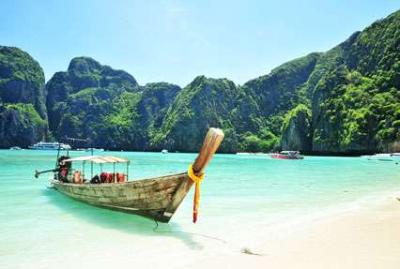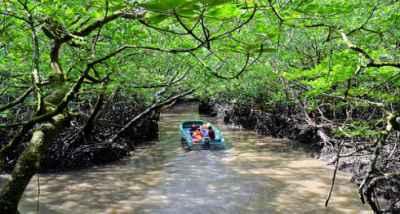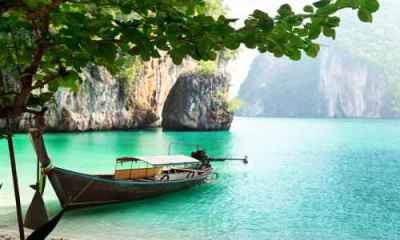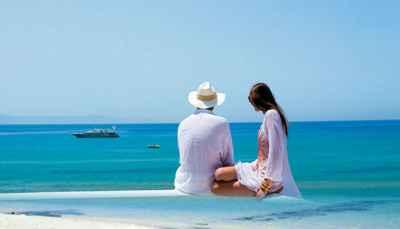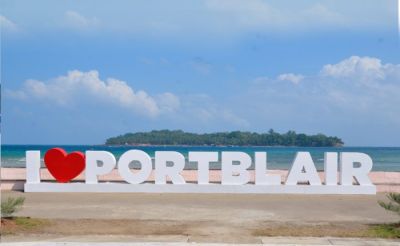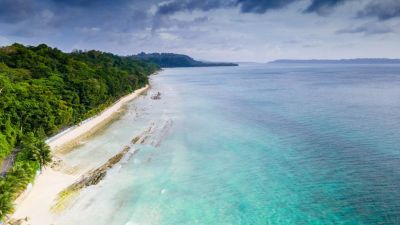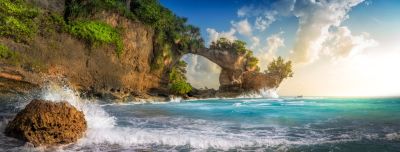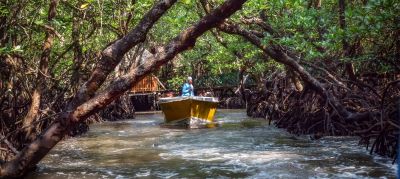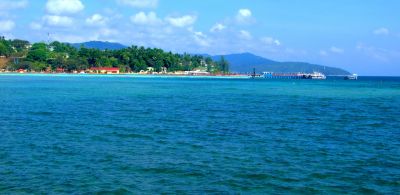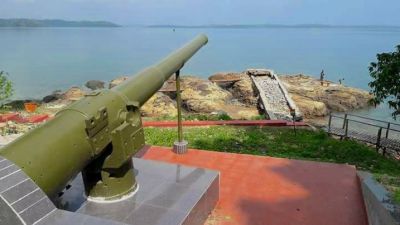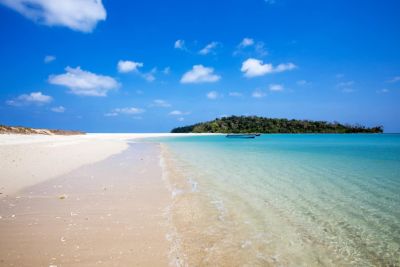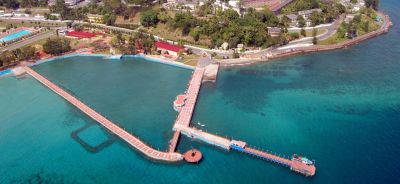The Cultural Quilt of Andaman: A Journey Through Local Traditions
The Andaman Islands, situated in the Bay of Bengal, are a true cultural extravaganza. This archipelago is not just blessed with stunning natural beauty but also with a rich tapestry of local traditions and cultures. It is a place where different ethnicities coexist, each with its unique customs and practices. In this blog post, we will take you on a journey through the cultural quilt of Andaman, exploring the various local traditions that make this place truly special.
The Indigenous People: Tribes of Andaman
One of the most fascinating aspects of the cultural landscape of Andaman is its indigenous tribes. The islands are home to several tribes, including the Great Andamanese, Jarawas, Onge, Sentinelese, and Shompen. These tribes have inhabited the islands for thousands of years and have managed to preserve their distinct way of life.
The Great Andamanese, once the largest tribe in the islands, have seen a decline in their population over the years. However, efforts are being made to revive their language and customs. The Jarawas, known for their hunting and gathering lifestyle, have managed to maintain their isolation from the modern world. The Sentinelese, on the other hand, are known for their hostility towards outsiders and remain one of the most isolated tribes in the world.
Colonial Influence: British and Bengali Culture
The Andaman Islands were under British rule for many years, and their colonial influence is still evident in the local culture. English is widely spoken, and you can find remnants of British architecture in some parts of the islands. The Cellular Jail in Port Blair, a colonial prison used by the British to exile political prisoners, is now a significant historical site that attracts tourists from around the world.
The Bengali culture has also left its imprint on the Andaman Islands. Many Bengali families migrated to the islands during the British rule and have contributed to the cultural diversity of the region. The Bengali influence can be seen in the local cuisine, festivals, and traditions.
The Melting Pot: A Blend of Cultures
Apart from the indigenous tribes and colonial influences, the Andaman Islands are a melting pot of various cultures. The islands have attracted people from different parts of India and the world, resulting in a vibrant mix of traditions.
The Tamil and Malayali communities have a significant presence in Andaman, bringing their distinct cultural practices. The festivals of Pongal and Onam are celebrated with great enthusiasm by the Tamil and Malayali communities, respectively.
The Sikh and Bengali communities have also made their mark on the cultural landscape of Andaman. The Gurdwara Pathar Sahib in Port Blair is a prominent Sikh place of worship, and the Bengali community celebrates festivals like Durga Puja and Saraswati Puja with great fervor.
Preserving Traditions: Cultural Festivals
To truly experience the local traditions of Andaman, attending the cultural festivals is a must. The Islands Tourism Festival, held annually in January, showcases the diverse cultural heritage of the region. It is a vibrant celebration of dance, music, art, and food, providing a glimpse into the traditions of different communities.
The Subhash Mela, held in honor of the freedom fighter Subhash Chandra Bose, is another important festival in Andaman. It is a week-long event filled with cultural performances, exhibitions, and sports activities.
Conclusion
The Andaman Islands are not just a paradise for beach lovers but also a treasure trove of cultural diversity. From the indigenous tribes to the colonial legacy and the mix of different communities, the islands offer a glimpse into a truly multicultural society. Exploring the local traditions and attending the cultural festivals is an enriching experience that allows travelers to appreciate the beauty of the cultural quilt of Andaman.
So, next time you plan a trip to Andaman, make sure to dive into the cultural tapestry that makes these islands a unique destination. Share this blog post with your friends and family to spread the word about the rich cultural heritage of Andaman!
Disclaimer : The information provided in this blog is for general informational purposes only. While we strive to keep the content accurate and updated, TravelSetu assumes no liability for errors or omissions. If you believe any part of this blog infringes your rights or causes concern, please notify us immediately at info[at]travelsetu[dot]com so that appropriate action can be taken.

